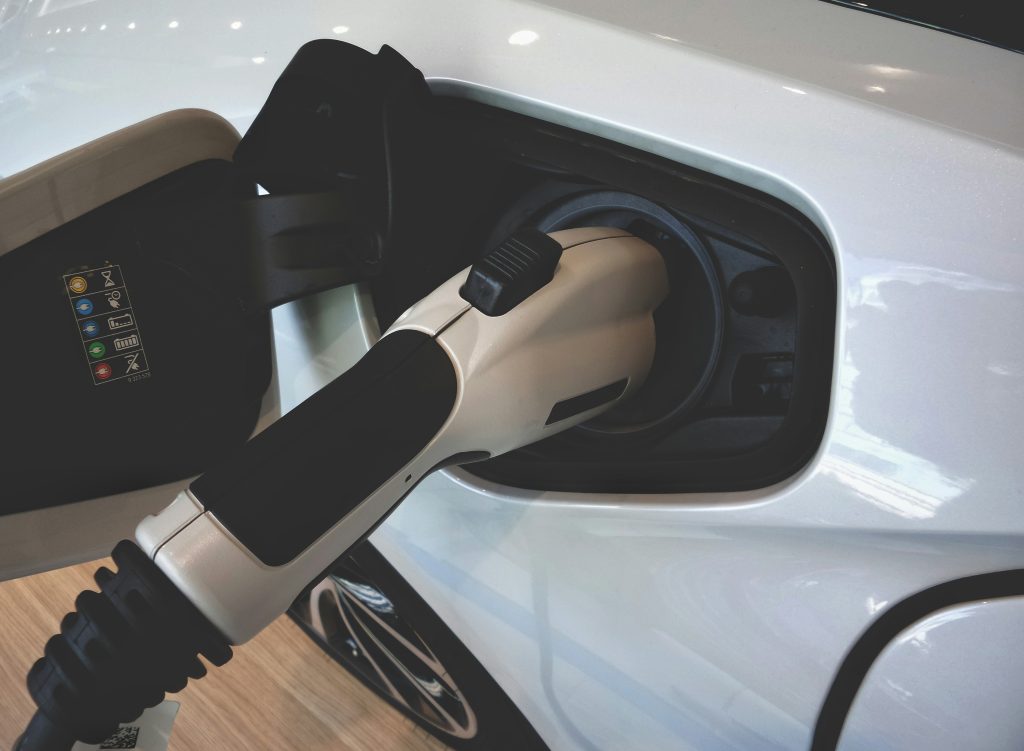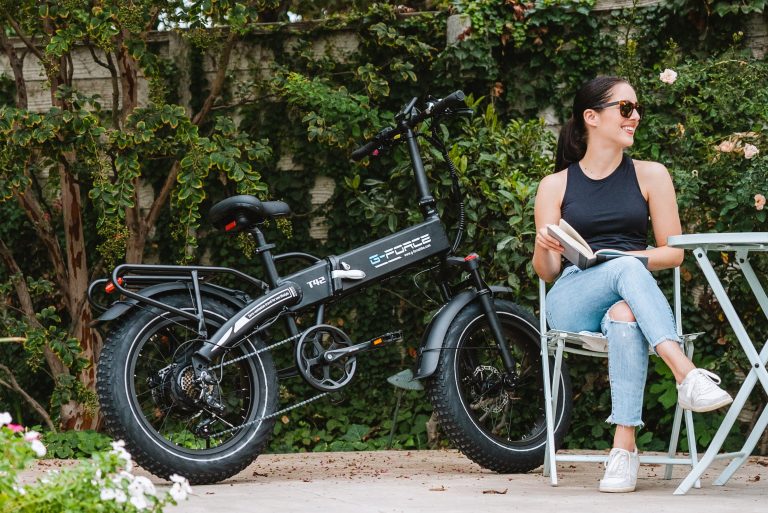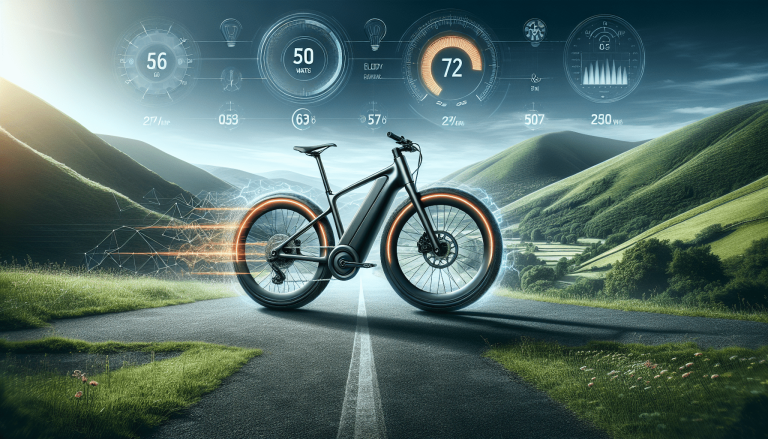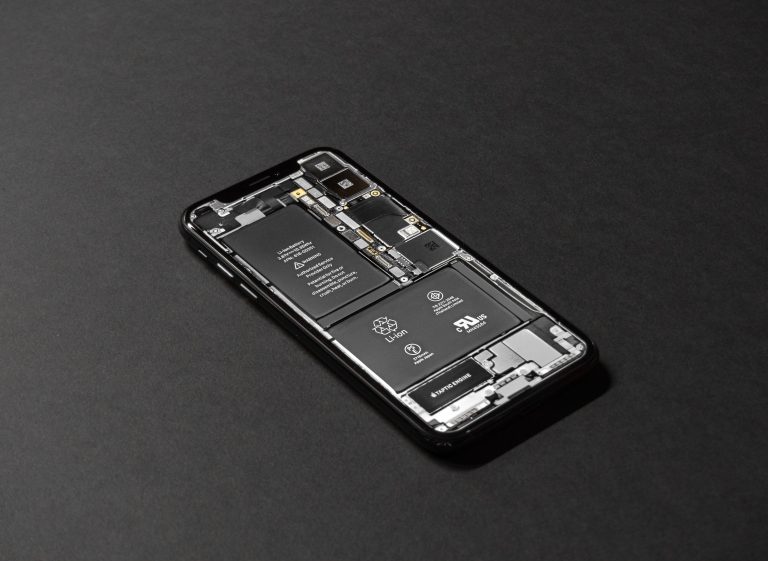Should I Leave My Ebike Battery Plugged In All The Time?
Have you ever wondered if it’s safe to leave your ebike battery plugged in all the time? With the rising popularity of electric bikes, this question has become a common concern among owners. In this article, we’ll explore the pros and cons of leaving your ebike battery plugged in, providing you with the information you need to make an informed decision. Whether you’re a seasoned ebike enthusiast or just getting started, this article will give you valuable insights into maximizing the lifespan and performance of your battery. So, let’s dive in!
The importance of properly caring for your ebike battery
When it comes to electric bikes (ebikes), one of the most crucial components to consider is the battery. Properly caring for your ebike battery not only prolongs its lifespan but also maximizes the performance of your ebike while avoiding potential safety hazards. By understanding the charging process, being aware of the impact of leaving your ebike battery plugged in all the time, and considering various factors, you can make informed decisions about how to best care for your battery.
Understanding the charging process
To effectively care for your ebike battery, it’s essential to understand how it works and the different types of battery chemistries available. Ebike batteries typically use lithium-ion technology, which provides a balance between energy density, weight, and cost. It’s important to note that different types of lithium-ion chemistries exist, with variations in energy density, durability, and overall performance.
Battery management systems (BMS) play a crucial role in the charging process. They monitor and control the battery’s voltage, current, and temperature, ensuring safe and optimal charging. Understanding how your battery’s BMS functions can help you make informed decisions about charging and prolong the battery’s life.

The impact of leaving your ebike battery plugged in all the time
Leaving your ebike battery plugged in all the time can have several negative consequences. One significant issue is heat generation, which can occur when the battery is continuously charging at full capacity. Excessive heat can degrade the battery’s components and reduce its lifespan.
Overcharging is another concern when leaving your battery plugged in. When a lithium-ion battery remains at maximum charge for an extended period, it can cause stress and damage to the battery cells, leading to capacity loss and a decreased overall lifespan.
Voltage spikes, caused by power surges or fluctuations in the electrical supply, can pose a risk when the battery is constantly connected to the charger. These spikes can stress the battery and potentially cause damage or safety hazards.
Factors to consider when deciding whether to leave your ebike battery plugged in
Deciding whether to leave your ebike battery plugged in should involve several factors. One crucial consideration is the battery chemistry. Different types of lithium-ion batteries may have varying levels of tolerance to being left plugged in, making it important to review the manufacturer’s recommendations for your specific battery.
The capabilities of the battery management system also play a role in determining whether it’s safe to leave your battery plugged in. Some BMS systems are designed to handle continuous charging, while others may not have the same capability. Understanding your battery’s BMS and its limitations can help guide your decision.
Furthermore, your usage patterns and frequency of charging should be taken into account. If you frequently use your ebike, leaving the battery plugged in may be more convenient, but if you have extended periods of inactivity, it may be advisable to disconnect the battery to minimize potential risks.

Best practices for charging and storing your ebike battery
To ensure the longevity and performance of your ebike battery, following these best practices is essential:
-
Follow manufacturer guidelines: Always refer to the manufacturer’s instructions and recommendations for charging and storing your battery. They know the specific requirements and limitations of your battery model.
-
Avoid extreme temperatures: High temperatures can accelerate battery degradation, while low temperatures can affect its performance. Store and charge your battery in a cool, dry environment, avoiding exposure to direct sunlight or freezing conditions.
-
Store at optimal charge levels: It’s generally recommended to store your battery at around 50% charge. This helps reduce the chance of capacity loss over time while still providing enough energy for occasional maintenance charging.
Common myths about ebike battery charging
Several myths surround ebike battery charging that often lead to confusion. Let’s debunk some of these misconceptions:
-
Batteries developing a memory: Unlike older battery technologies, lithium-ion ebike batteries do not develop a memory effect. You can charge your battery at any time, regardless of its current charge level, without affecting its capacity.
-
Harmful effects of partial charging: Partial charging, also known as “topping up,” does not harm your battery. In fact, frequent partial charging can help prolong its overall lifespan. It’s unnecessary to wait until the battery is fully discharged before recharging.
-
Always charging to 100%: Contrary to popular belief, constantly charging your battery to 100% capacity is not necessary or recommended for most lithium-ion batteries. A charge level between 20% and 80% is often sufficient for regular usage and helps preserve the battery’s longevity.

Benefits of leaving your ebike battery plugged in
While there are risks associated with leaving your ebike battery plugged in, some benefits can be enjoyed as well:
-
Convenience and readiness to ride: Keeping your battery plugged in allows for immediate use whenever you want to ride your ebike. You don’t have to worry about finding a charger or waiting for the battery to charge before embarking on your journey.
-
Maintaining optimal battery health: Some modern ebike batteries have advanced battery management systems, which can handle continuous charging without significant negative effects. If your battery has such capabilities, leaving it plugged in may not pose a significant risk to its lifespan.
-
Battery management system advantages: A well-designed battery management system can monitor and regulate the charging process, ensuring that the battery stays within safe temperature and voltage limits. This helps prevent overcharging and other potential hazards.
Disadvantages of leaving your ebike battery plugged in
While leaving your ebike battery plugged in may have its conveniences, it also comes with several disadvantages:
-
Reduced overall battery lifespan: Continuous charging, especially at high temperatures, can accelerate the battery’s degradation and reduce its overall lifespan. If maximizing the longevity of your battery is a priority, it’s best to follow manufacturer recommendations and avoid leaving it plugged in unnecessarily.
-
Increased risk of damage or safety concerns: Leaving your battery plugged in all the time exposes it to potential risks, such as voltage spikes or power surges. These incidents can damage the battery and even pose safety hazards if not adequately regulated.
-
Decreased performance over time: Overcharging and extended periods at full charge can cause capacity loss and affect the battery’s performance over time. For riders seeking optimal performance from their ebike, regularly monitoring and managing their battery’s charging habits is crucial.

Alternative charging strategies
To balance convenience with optimal battery health, consider these alternative charging strategies:
-
Partial charging for specific needs: If you have shorter trips or only need a certain amount of battery capacity, consider partial charging to 80% rather than always aiming for a full charge. This approach can help prolong the battery’s lifespan while still providing sufficient energy for your rides.
-
Long-term storage considerations: If you plan to store your ebike for an extended period, it’s advisable to store the battery separately and at around 50% charge. This helps prevent capacity loss and keeps the battery in optimal condition for future use.
-
Intermittent charging for optimal battery health: If your usage patterns allow for it, a good practice is to charge your battery intermittently. For example, if you regularly ride every other day, charging the battery every other day instead of every day can help maintain its health without unnecessary continuous charging.
Conclusion
Caring for your ebike battery is essential for maximizing its lifespan, ensuring optimal performance, and avoiding potential safety hazards. By understanding the charging process, being aware of the impact of leaving your battery plugged in all the time, and considering factors such as battery chemistry, BMS capabilities, and usage patterns, you can make informed decisions about how to properly care for your battery. Following best practices, debunking charging myths, and considering alternative charging strategies will help strike a balance between convenience and battery longevity, enhancing your overall ebike experience. Always refer to the manufacturer’s guidelines for specific instructions tailored to your ebike battery model.








